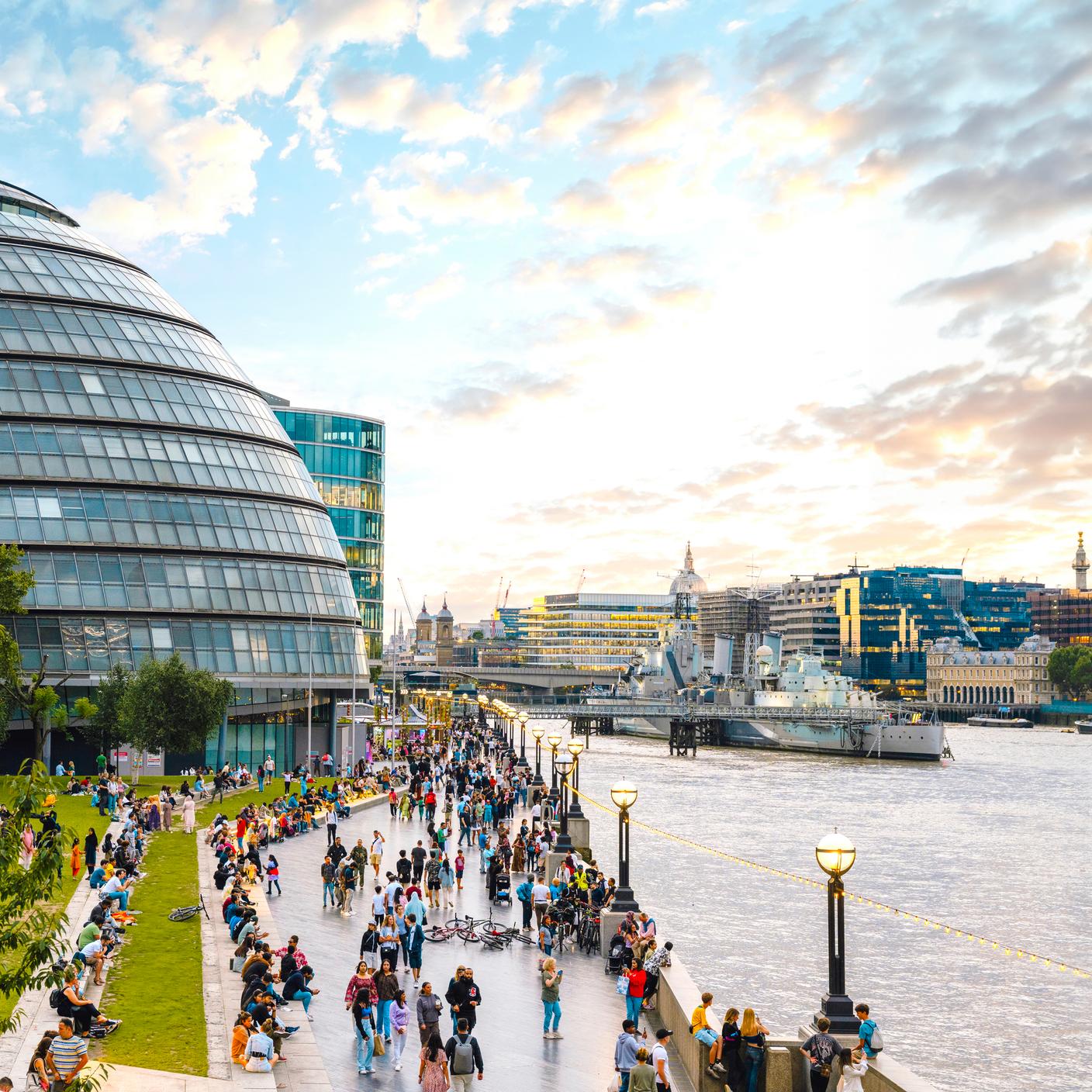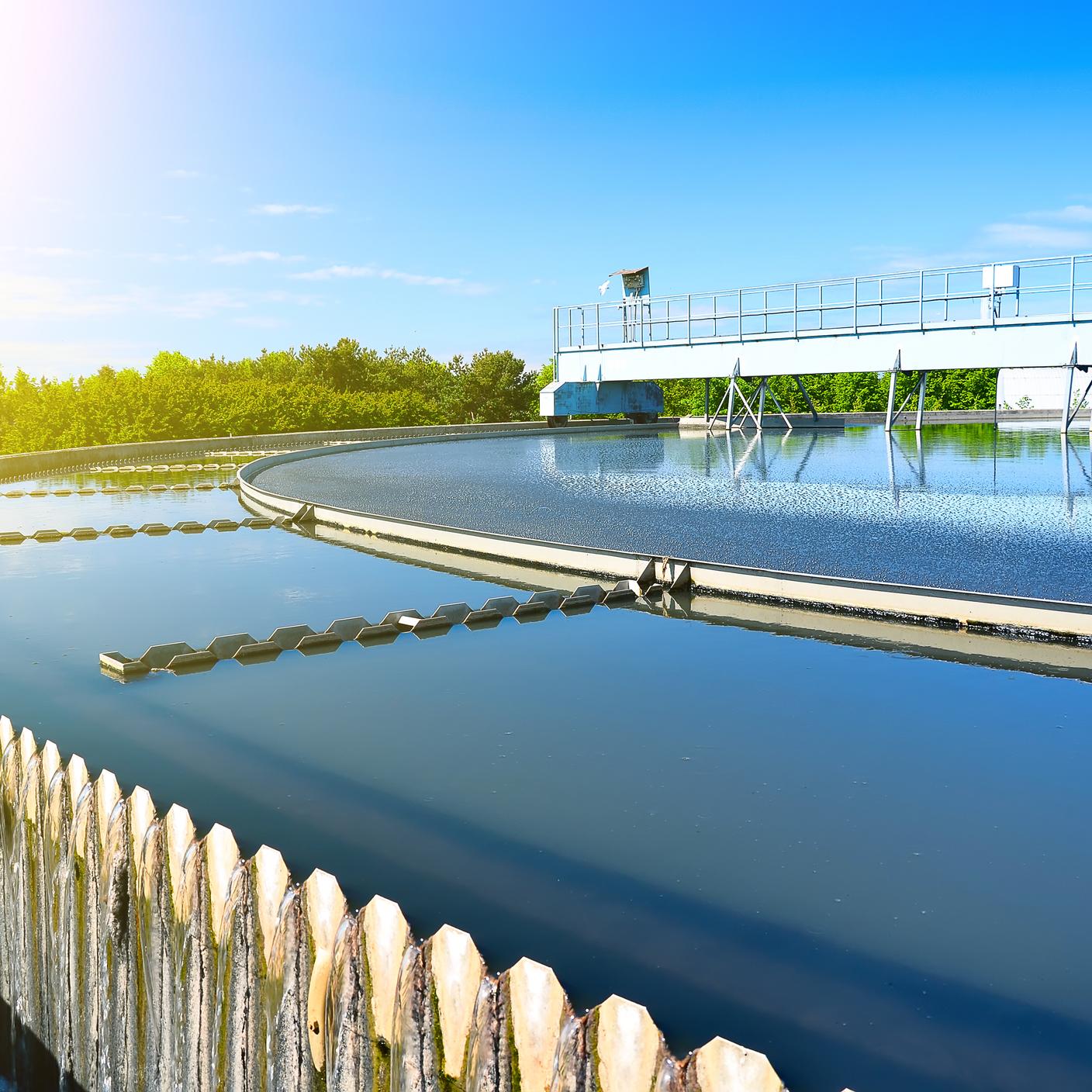Plastic has become a material on which society heavily relies for practicality, convenience, and safety. Whether for medicine packets, food packaging or mobile phone cases, demand for plastics has grown in tandem with society’s changing habits. In 2021 global plastics production was reported to have doubled since the beginning of the century to almost 400 million metric tons per year.
While plastics may play an essential role in many cases, this increased use means increased plastic pollution and waste. In 2015 it was reported that 60% of all plastic ever produced had become waste, and today plastic waste can be found in our air, soil, freshwater and oceans. OECD data reports that plastic waste is on track to triple by 2060 with around half ending up in landfill and less than a fifth recycled.
Plastic pollution impacts society in a number of ways by altering habitats and natural processes that directly affect millions of people’s livelihoods, food resources, social wellbeing, and physical health. Some plastic pollution, such as litter on roadsides, beaches, riverbanks, urban estuaries and even surrounding landfill sites is, at least in principle, reversable. At the local scale such plastic pollution can be removed through encouraging individual responsibility, clean ups, and improved waste collection infrastructure. However, when left in the environment for a significant amount of time, weather can see abandoned plastic pollution fragmented into micro- and nanoplastic particles that cannot be easily removed from the environment. Many remote areas of the globe, where recycling or removal is more complicated, are already accumulating large amounts of poorly reversable, weathered plastic pollution, with significant impacts on land and ocean biodiversity.
Ultimately, to truly reduce plastic pollution requires society to reduce plastic waste generation. This is a global challenge, not least because waste in one part of the world does not just affect that location.
A case in point is our global water resources. The that every year 19-23 million tonnes of plastic waste enters our aquatic ecosystems, polluting lakes, rivers, and oceans and currently plastic pollution accounts for 85% of all marine litter. Plastic can impact water quality, with evidence suggesting both freshwater and marine ecosystems worldwide are polluted with macro-and microplastics. As only 1-3% of water on earth is freshwater, and only 0.5% considered accessible, plastic pollution only augments the global water scarcity challenge.
There is an opportunity for governments, organizations, and individuals to collaborate to act on plastic pollution, protect the environment and notably our water resources. Global initiatives such as Earth Day are seizing this opportunity to campaign for a 60% reduction in the production of all plastics by 2040. But with plastics present in so many aspects of our life and work, how can we encourage this societal shift to drive positive change?
To reduce plastic use and, as a result, reduce plastic waste for a water secure future, here are some steps organizations can take:
Join voluntary initiatives
To first understand the solutions available, organizations can join voluntary initiatives. These initiatives can help organizations to make commitments on reducing plastic pollution, and to collaborate with NGOs, governments, and other organizations to accelerate progress. Initiatives such as the UK, European and India Plastic Pact, Plastic Free Communities, Plastic Bank, the Global Plastics Treaty and Operation Clean Sweep (OCS) certification, soon to be available from BSI, are all examples of initiatives that provide tools and guidance to tackle plastic pollution and connect organizations to share knowledge and drive change.
Plastic Footprinting
Initiatives such as the Plastic Footprint Network offer scientific guidance and methodologies to support organizations in understanding their plastic footprint. Similar to measuring carbon footprints, by assessing the environmental impact of the plastics used in products, services and operations, organizations can identify areas for improvement, take meaningful steps for reduction and set realistic and credible targets.
Engage colleagues
Accelerating progress towards a sustainable world requires input from across organizations. Internal culture and engagement can be key to delivering organizational sustainability goals. Organizations can embed a plastic reduction culture through educational talks, local clean ups, and by providing the necessary infrastructure and utilities to enable colleagues to reduce their own plastic use. This could be steps such as providing filtered tap water, reusable canteen supplies or improved waste management facilities on site. Empowering colleagues to engage with an issue, understand how they can have a positive impact and then supporting them to change behaviours is a fundamental step to driving positive change.
Embrace a circular economy mindset
The circular economy is an economic model designed to minimize resource input, waste, and emission production by considering every stage of the product lifecycle. By implementing its principles to design products for reuse and repurpose, organizations and the people working in them can be better placed to reduce their consumption of plastics and other materials. Beyond their product design, organizations can also embed circularity in business strategies, such as the 5 R’s of Refusing waste; Reducing use of products that generate waste; Reusing; Repurposing; and eventually Recycling.
Engage supply chains
Sustainable procurement practices can help ensure organizations supply chains are environmentally responsible and socially ethical. By actively engaging with their supply chains, organizations can foster collaborative relationships to achieve sustainability goals, including around plastics. This involves identifying opportunities for improvement, sharing best practice, and establishing mutual sustainability targets and consistent methods of reporting.
To drive positive change on plastic consumption and mitigate the societal and environmental impacts of the associated waste, organizations and the individuals in them have the opportunity to take action in both their internal and external operations. A sustainable future is one without plastic pollution on land and in our water supplies. It’s not about eliminating plastic, it’s about using the tools we have to manage its use effectively. Now is the moment to partner across society to achieve this.








